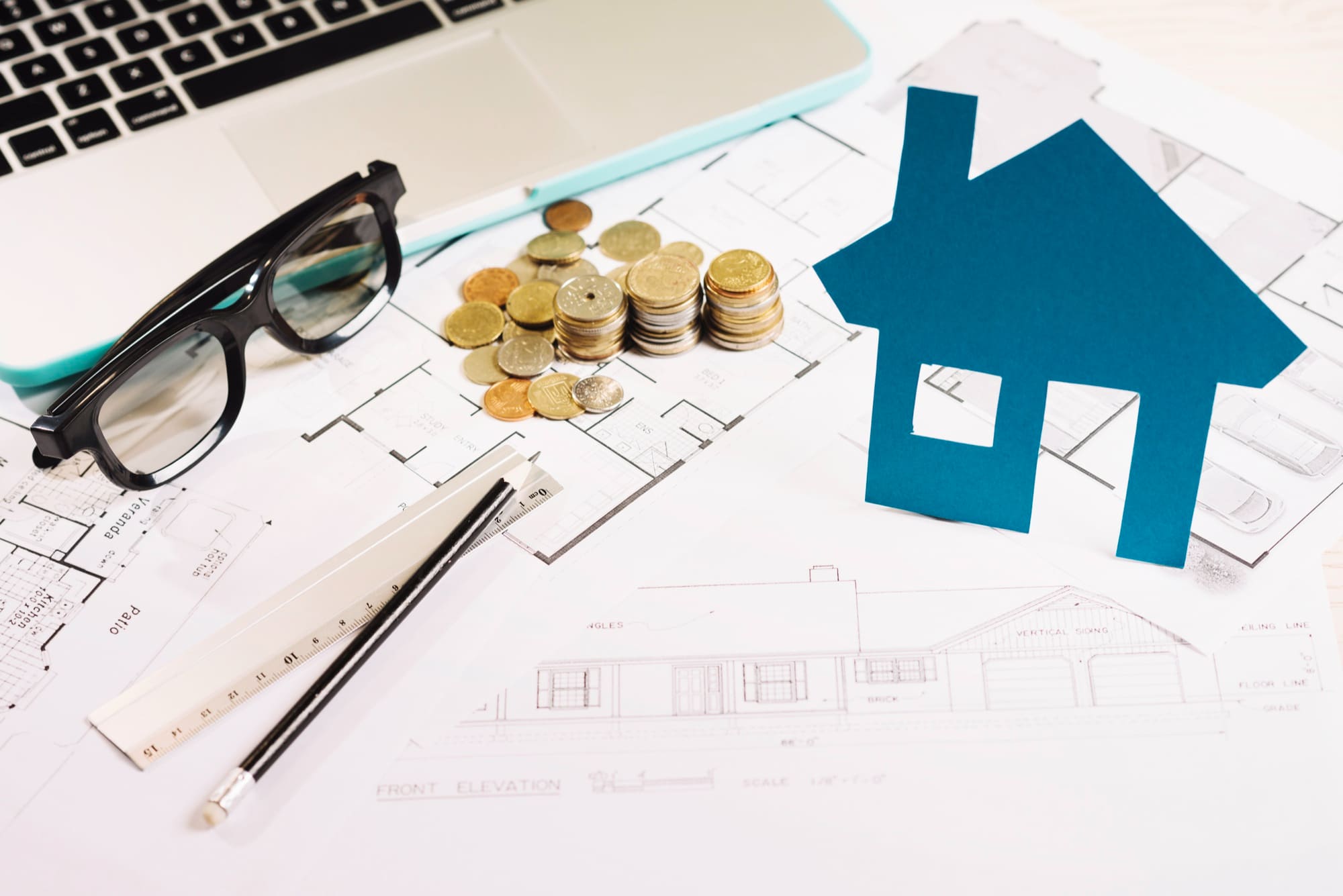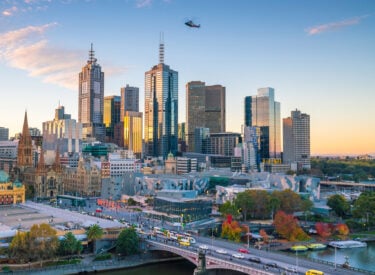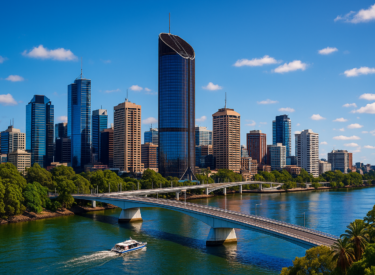The property market is currently facing a challenging landscape with high interest rates and elevated dwelling prices, making it increasingly difficult for many to enter the market.
With rising home loan rates, buyers' borrowing power has diminished, leading to heightened demand and faster growth rates for more affordable properties.
The latest PropTrack data confirms this trend, but it also reveals significant growth in the high-end market, indicating a more complex situation.
Understanding the drivers of property price growth
Supply and demand are the primary forces behind property price growth, according to Karen Dellow, Senior Audience Analyst at PropTrack.
Interestingly, the demand for expensive properties appears as strong as that for more affordable ones.
While some buyers are adjusting their budgets and opting for less costly homes, others remain unaffected by price constraints.
She explained:
"To get a clearer picture, we can analyze percentile sale price data, which shows price growth rates across different market segments.
A percentile is a statistical measure that indicates the relative position of a value within a dataset.
For instance, a property in the 15th percentile is priced lower than 85% of properties, while one in the 95th percentile is priced lower than only 5% of properties."
Throughout the pandemic, higher percentile prices increased at a faster pace than lower percentile prices.
She further explained:
"Although this trend slowed in 2022 with rising interest rates, properties in the 85th and 95th percentiles have continued to outpace the national median in price growth.
Meanwhile, properties in the 15th and 25th percentiles have also seen consistent price growth, catching up with the higher percentiles during the pandemic and subsequent rate hikes."

Meanwhile, Australia's ongoing rental crisis has pushed many renters towards buying, with first-home buyers leaning towards smaller, more affordable properties.
Investors have also re-entered the market, favouring these lower-cost options.
The high interest rates have further constrained many buyers to the more affordable end of the market, driving up demand and prices in these lower percentiles.

Ms Dellow commented:
"Over the past five years, the 15th percentile for houses has seen steady price growth, reflecting rising demand for affordable homes.
However, the continued growth in higher percentiles suggests sustained demand for expensive properties, which remain unaffected by typical market constraints.
Towards the end of the pandemic and into 2022, higher percentile units experienced the highest price growth.
As interest rates rose, growth in these tiers slowed, while the lower percentiles began to show higher growth rates."

Year-on-year growth across different markets
PropTrack's year-on-year growth data highlights varied trends across Australia's capitals.
Adelaide saw similar growth in both lower and higher tiers, totalling 18% in the past 12 months.
Brisbane, Darwin, and Perth experienced faster growth in the lower percentiles.
In contrast, Sydney's lower percentiles grew much less than its higher percentiles, with 8% growth in the 75th and 85th percentiles compared to just 2% in the 15th percentile.
Melbourne experienced lower growth overall, with the 95th percentile even declining.

Ms Dellow noted that the price gap between the lowest and highest percentile sale prices is striking:
"Nationally, the 95th percentile house price is five times that of the lowest percentile, with a $2 million difference.
Sydney shows the largest variance, with a $3.43 million gap between these tiers.
In Canberra, the 95th percentile is 1.6 times the 15th percentile price—a $1.22 million difference—making even the cheapest houses pricey.
For units, the 15th percentile is four times less than the 95th percentile at the national level, with a $1.15 million gap.
Sydney again has the largest variance, with the 15th percentile at $525,000 compared to $2.07 million in the 95th percentile—a difference of almost $1.55 million."

Outlook
The ongoing rental crisis and the influx of first-home buyers and investors into the market have led to notable price increases in lower-percentile properties.
Yet, the persistent growth in higher property price percentiles indicates continued strength in the top end of the market, despite the interest rate hikes of recent years.
Ms Dellow commented:
"Although reduced borrowing power has spurred demand for more affordable homes, the top end of the market continues to thrive.
This may partly be due to many upgrading homeowners utilizing the significant equity gains made during the strong growth period of the pandemic to purchase more valuable properties.
Additionally, buyers at the top end of the market often face fewer financial constraints than those seeking affordable homes.
Many of these buyers do not require a home loan—given that around 40% of current homeowners do not have a mortgage—making them less affected by interest rate rises.
Moreover, downsizers who own their homes outright can bid prices up when purchasing a new home."
While affordability challenges loom large for many prospective buyers, the property market remains buoyant across all segments, driven by strong demand for both affordable and premium properties.














